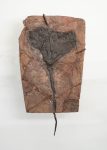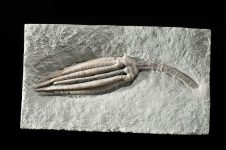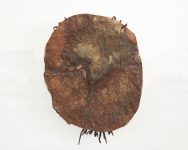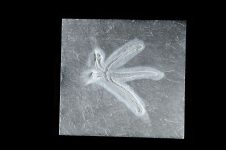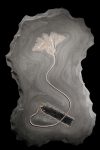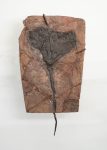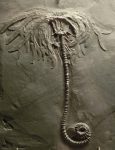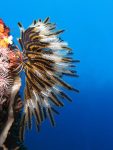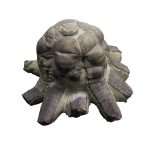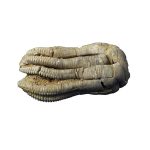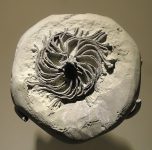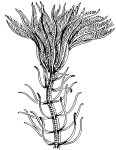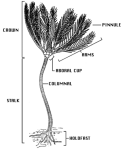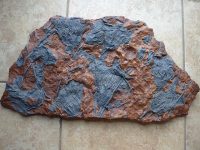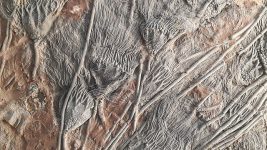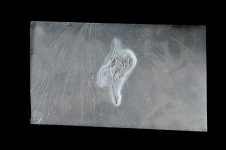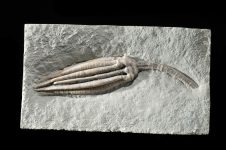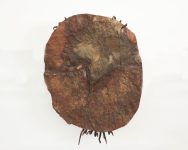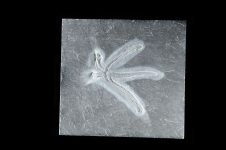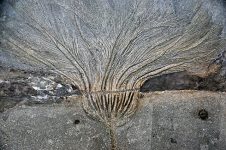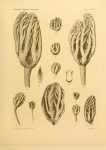fossil crinoids
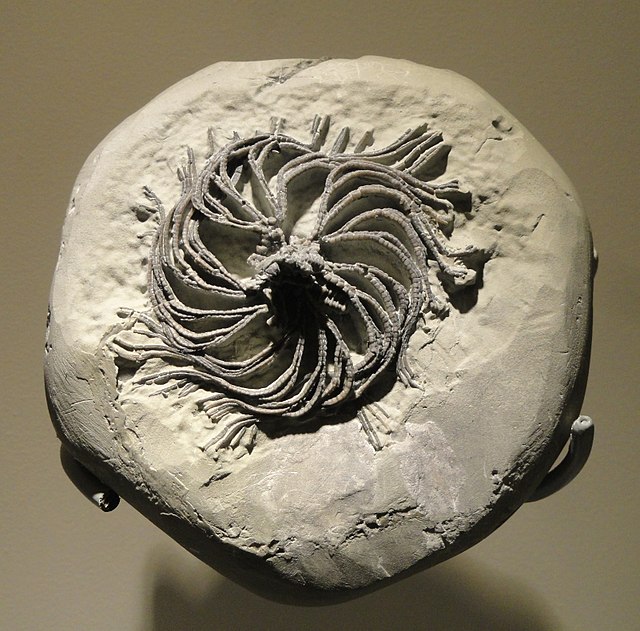
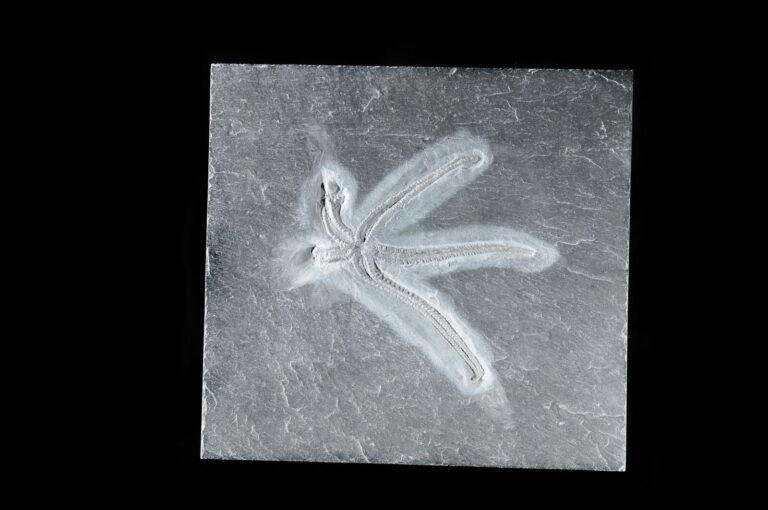
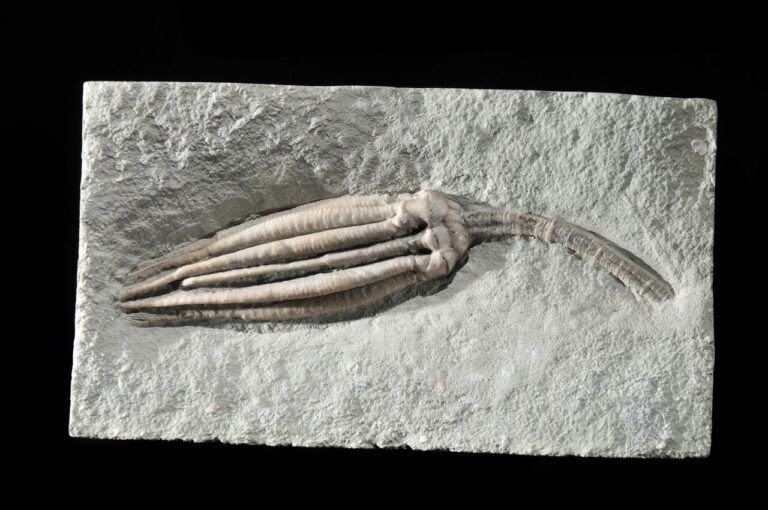
Fossil Crinoids
Fossil crinoids, commonly known as sea lilies, are echinoderms that have existed on Earth for over 500 million years. These marine invertebrates are characterized by their delicate, flower-like appearance and stalked or unstalked forms. Fossil crinoids provide valuable insights into ancient marine ecosystems, evolution, and paleoenvironmental conditions. In this exploration, we delve into the anatomy, classification, preservation, ecological significance, and scientific importance of fossil crinoids.
Anatomy and Classification
Crinoids belong to the phylum Echinodermata and are related to starfish, sea urchins, and brittle stars. Key anatomical features of crinoids include:
Calyx: The main body or “cup” of the crinoid, containing the digestive and reproductive organs.
Arms and Tentacles: Radiating appendages that extend from the calyx to capture food particles and facilitate movement.
Stalk (in stalked crinoids): A long, flexible structure that attaches the crinoid to the sea floor, allowing it to sway and filter-feed in currents.
Types of Crinoids
Crinoids can be classified into two main groups based on their attachment to the seafloor:
Stalked Crinoids: Attached to the substrate by a long, jointed stalk, these crinoids resemble plants and are often found in deeper waters where currents can carry food particles.
Unstalked Crinoids (Feather Stars): Free-moving or attached to substrates by small cirri (hooks), these crinoids are adapted for more mobile lifestyles and are often found in shallow waters.
Preservation of Fossil Crinoids
Fossil crinoids are typically preserved in marine sedimentary rocks through various processes:
Limestone and Shale: Many crinoids are preserved as fossils in limestone and shale formations, where sedimentation and burial prevent decay and mineral replacement can occur.
Carbonization: In some cases, fossil crinoids are preserved as carbon films or impressions, providing detailed outlines of their delicate structures.
Exceptional Preservation: Certain fossil crinoids, particularly those in Lagerstätten (sites of exceptional preservation), may retain soft tissues, arms, and even feeding structures like tube feet.
Ecological Significance
Crinoids have played significant roles in ancient marine ecosystems:
Filter-Feeders: Most crinoids are suspension feeders, using their arms and tube feet to capture plankton and organic particles from seawater, contributing to nutrient cycling and food webs.
Benthic Habitats: Crinoids create habitats for other marine organisms by providing surfaces for attachment and shelter in reef-like structures, influencing local biodiversity.
Scientific Importance
Fossil crinoids provide valuable information for paleontologists and geologists:
Biostratigraphy: Crinoid fossils serve as important index fossils for dating and correlating sedimentary rocks, aiding in the reconstruction of ancient environments and geological history.
Evolutionary Studies: By studying the morphology and distribution of fossil crinoids, scientists can trace their evolutionary history and adaptations over geological time scales, providing insights into echinoderm evolution and diversification.
Notable Examples of Fossil Crinoids
Marsupites: A genus of stalked crinoids from the Jurassic and Cretaceous periods, known for their distinctive pentagonal shape and abundance in certain fossil beds.
Apiocrinus: A genus of unstalked crinoids (feather stars) that existed from the Jurassic to the Miocene, characterized by their delicate arms and fossilized in fine-grained sediments.
Conservation and Preservation
Efforts to protect and preserve fossil crinoids and their geological contexts are crucial for maintaining their scientific and educational value. National parks, fossil reserves, and research institutions play essential roles in safeguarding fossil crinoid specimens, promoting public education, and supporting ongoing research into Earth’s ancient biodiversity and evolutionary history.
